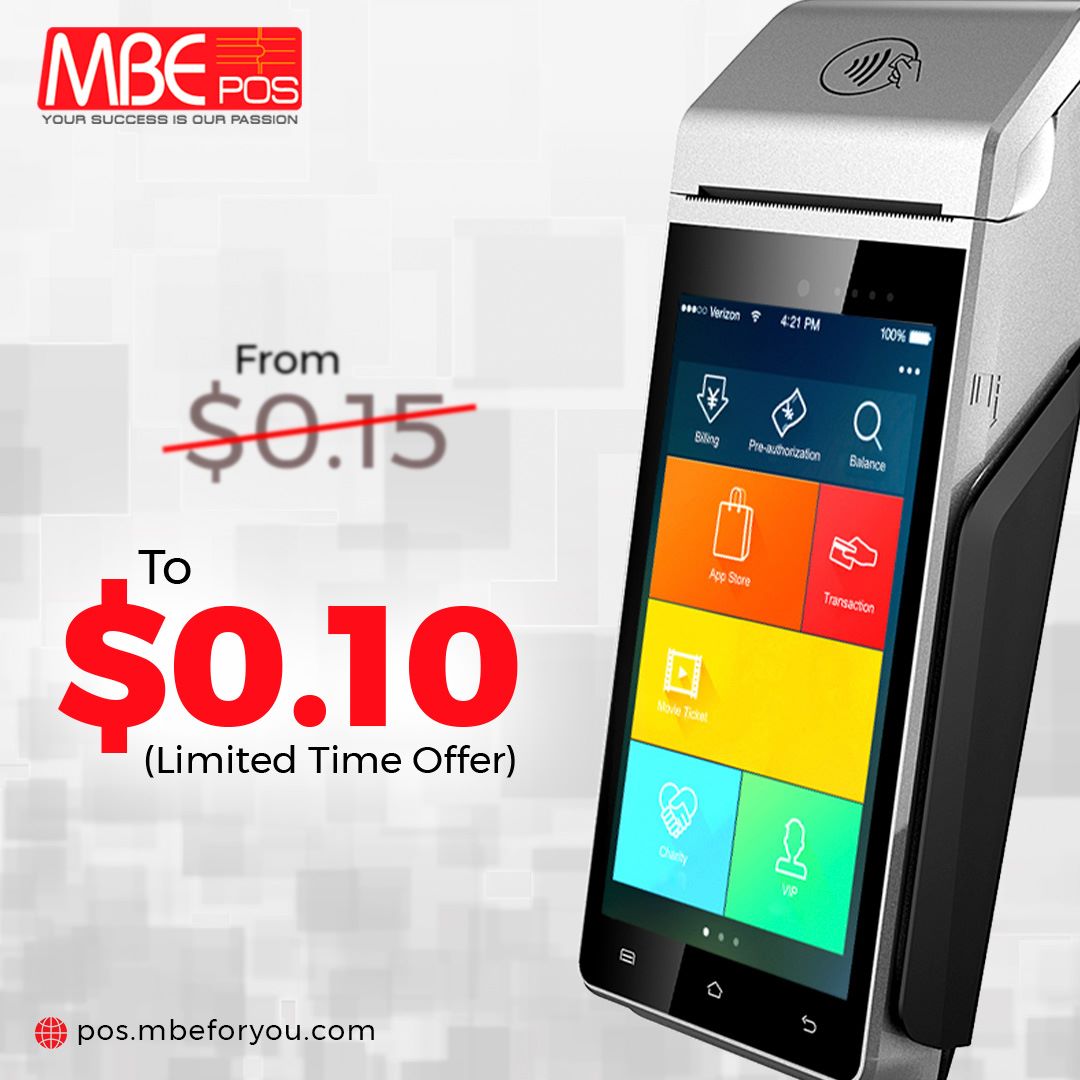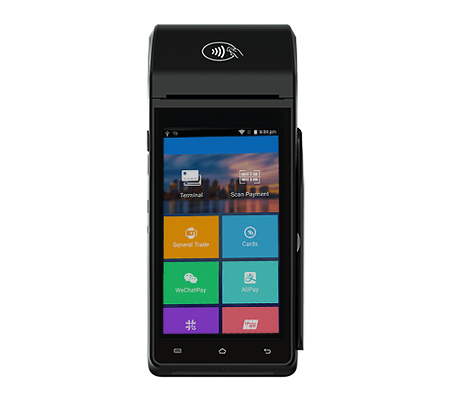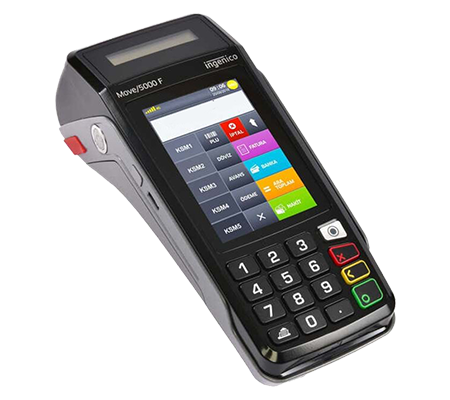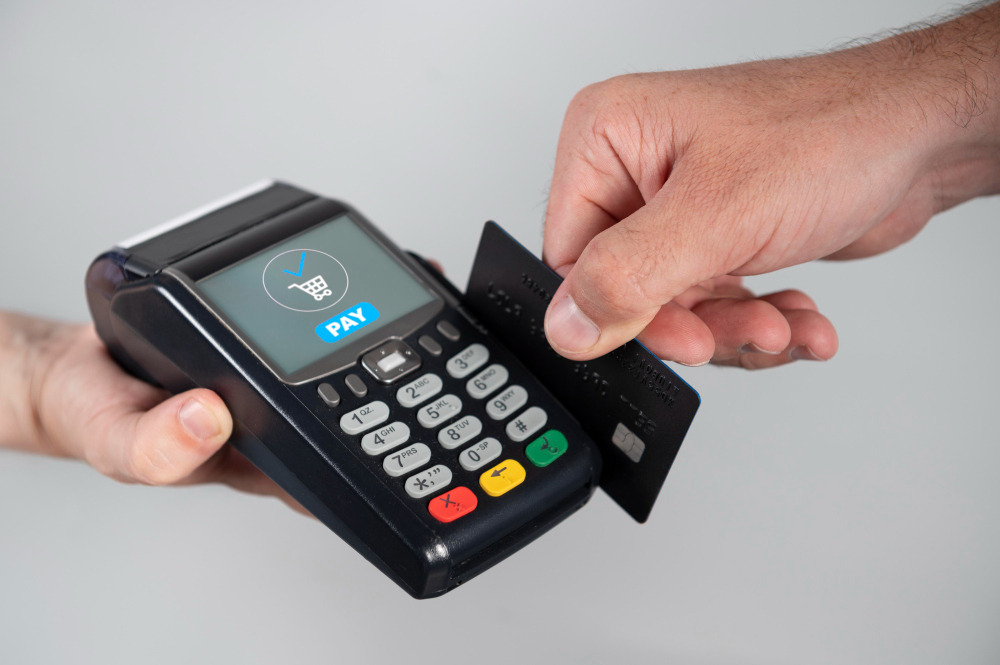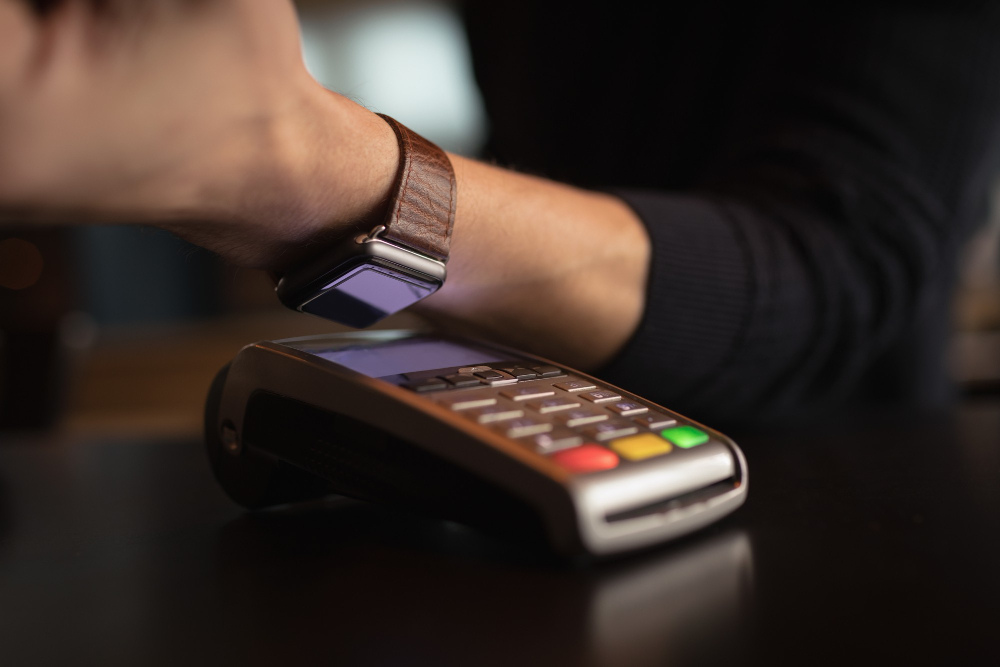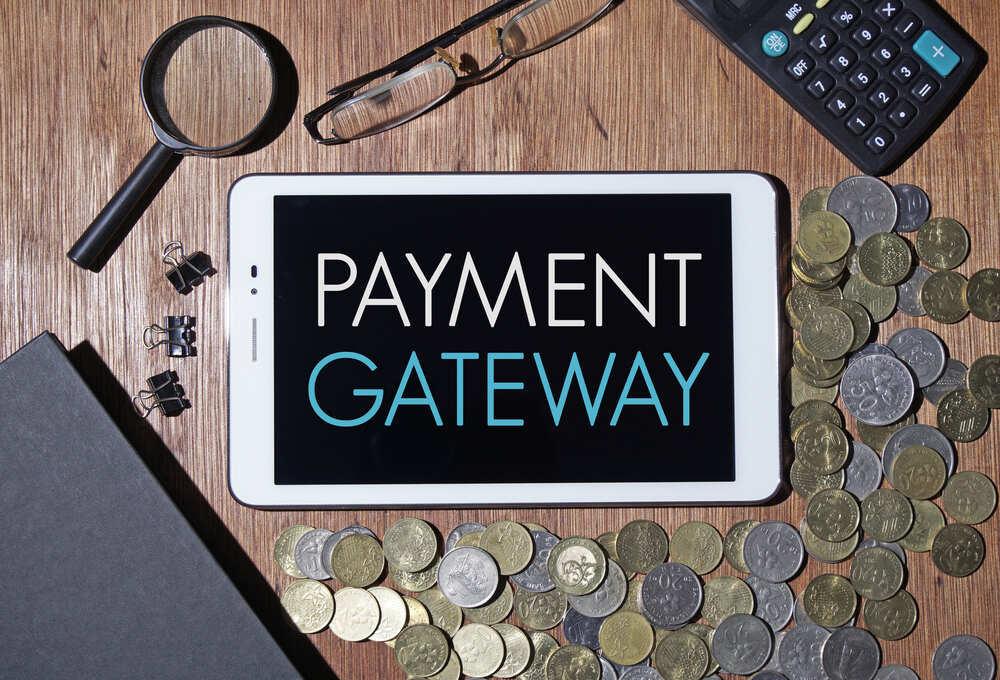Whether a wholesaler or a retailer, you must be familiar with PCI DSS and PCI SSC terminologies. You must be wondering what these terms mean. what is pci dss? What is PCI SSC? However, many sellers don’t know about this and need to learn about these security protocols.
Therefore to help such sellers understand the security protocols so that they can provide value to their customers. This blog covers PCI DSS, why merchants should follow it, and how to follow it.
What Is PCI DSS, and how Does it work?
PCI stands for Payment Card Industry, and DSS stands for Data Security Standard. However, PCI DSS is a set of security protocols that a seller must follow to ensure customer data security.
Also Read: How To Become PCI DSS Compliant As A Merchant
With the evolution of technology, ease of doing business and shopping has made things easier for sellers and customers. At the same time, the number of scams and phishing incidents is also increasing. Therefore to prevent and control such incidents, the payment card industry has set security standards to protect customers’ data.
Moreover, every merchant service provider is bound to provide devices that comply with PCI DSS. Security standards have been divided into six logically related groups named control objectives. Every POS machine must comply with these 6 control objectives.
What Are The Six Control Objectives?
To Build and Maintain a secure network.
The first control objective that a merchant has to achieve is to secure the payment gateways. For this, there is a need to build a secure network that can protect customers’ data and not allow phishing. However, there are two ways to achieve this feat. The first is to install a firewall around the system that protects the system and doesn’t let any hacker break into the system. The firewall guards against malicious activities and enables a secure payment process. The next step is to change vendor-supplied default passwords. It is necessary to immediately change the passwords and other security parameters for the system’s security. And create secure passwords that are hard to breach.
Protection Of Cardholders Data
The next step is to protect the cardholders’ data. In this regard, the storing and transfer of data needs to be monitored, as suggested by the payments card industry. Therefore for merchants, it’s better to refrain from storing customers’ data in their database. Instead, ask the service provider to provide cloud storage to store the data. Even if sellers store the data and later process it, they need encryption when transferring across open and public networks.
Maintain a Vulnerability Management Program
For the safety of customers’ data, it is a must to maintain a vulnerability program. The vulnerability program includes anti-virus software and other security measures. The sellers have to add an extra layer of security to protect their credit card machines and other devices of POS. Besides adding anti-virus software, sellers also need to update the software regularly. And keep checking the software from time to time.
Implement Strong Access Control Measures
The merchants are supposed to implement controlled access to customers’ sensitive data. However, sellers must take strong measures to achieve this task and ensure 3d security around their devices. Access to data should be given to only a few people, especially to relevant personnel. Moreover, there should be strict monitoring of the transfer of data.
Regularly Monitor and Test Networks
The fifth and second-last control objective for a system to be PCI DSS compliant is to monitor and test the networks regularly. The monitoring includes checking the efficiency of online payment systems, the system’s performance and the system’s compatibility.
Outlining an Information Security Policy
The last and 6th objective control of being PCI DSS compliant is to outline an information security policy. The core objective of security policy is to plan a strategy for securing the payment gateways, system, and cardholders’ data. A POS has features to process payments using different methods, including card payments, contactless payments, and mobile-authorized payments. Therefore, merchants must plan strategies to secure all payments so that customers’ data remains everywhere.
MBE POS
As a merchant, you might think it’s a big ask to be PCI DSS compliant. No, it’s not. MBE POS has solved this problem by providing PCI DSS-compliant pos systems to merchants all over the USA. However, this company has been empowering businesses all over the country. Whether you are a small, mid-sized or large business, MBE has every device to incorporate your business needs.
MBE POS has a catalogue of powerful and efficient devices to fulfil the POS needs of businesses. If you want to establish an online business, MBE will provide an online payment system. Or if you want a system that processes transactions within seconds and is 3D secure simultaneously. MBE POS will also take care of this.
Also Read: Benefits Of 3D Secure Payment Processors At Point Of Sale
However, MBE POS is your solution if you are looking for a merchant service provider.
Key Takeaways
The PCI DSS compliance ensures the system is secure enough to protect the customers’ data. Having a PCI DSS-compliant system builds customers’ trust in your business. Therefore for a successful business, it’s a must to win your customers’ trust.
Achieving PCI DSS compliance is relatively easy. Rather it is simple if you follow the steps mentioned in this blog correctly.



